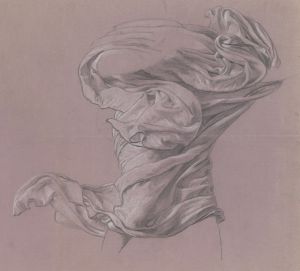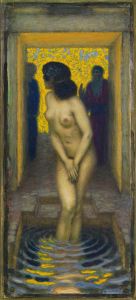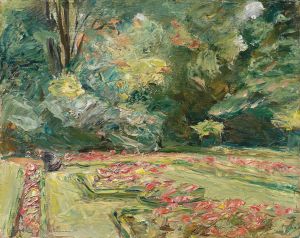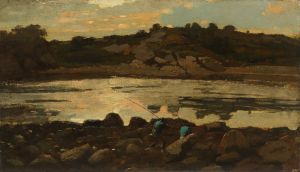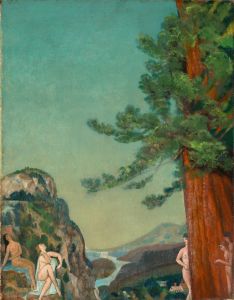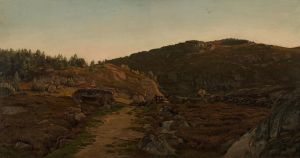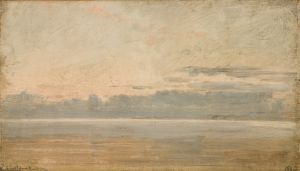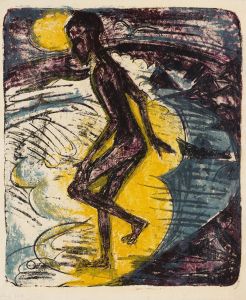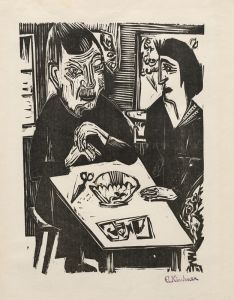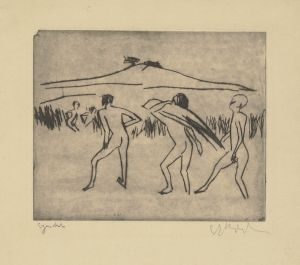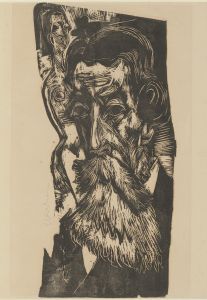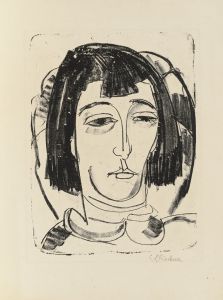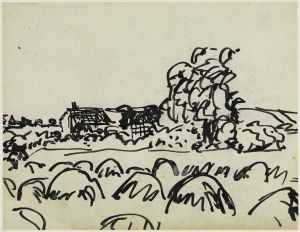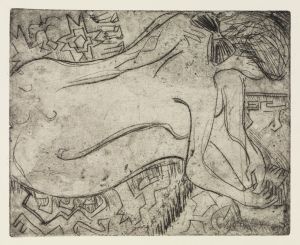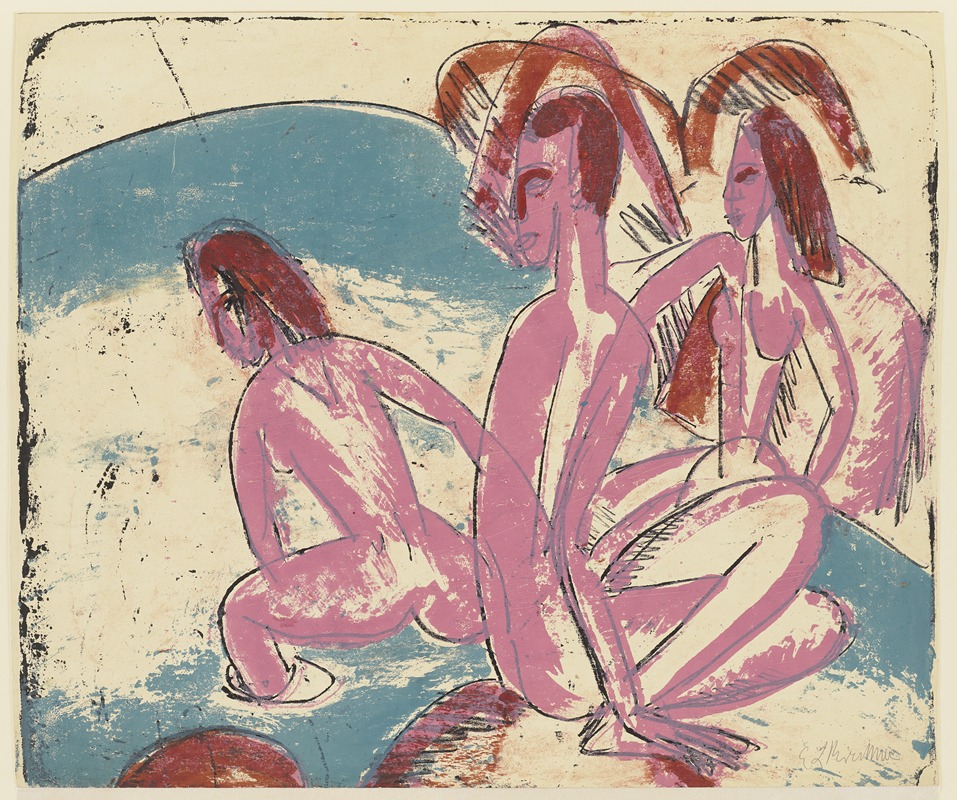
Drei Badende an Steinen, Fehmarn
A hand-painted replica of Ernst Ludwig Kirchner’s masterpiece Drei Badende an Steinen, Fehmarn, meticulously crafted by professional artists to capture the true essence of the original. Each piece is created with museum-quality canvas and rare mineral pigments, carefully painted by experienced artists with delicate brushstrokes and rich, layered colors to perfectly recreate the texture of the original artwork. Unlike machine-printed reproductions, this hand-painted version brings the painting to life, infused with the artist’s emotions and skill in every stroke. Whether for personal collection or home decoration, it instantly elevates the artistic atmosphere of any space.
"Drei Badende an Steinen, Fehmarn" (Three Bathers on Rocks, Fehmarn) is a painting by the German expressionist artist Ernst Ludwig Kirchner. Created in 1913, this work is a quintessential example of Kirchner's style during a pivotal period in his career. Kirchner was a founding member of the influential German expressionist group Die Brücke (The Bridge), which sought to create a new artistic language that bridged the past and the future, emphasizing emotional experience over realistic representation.
The painting depicts three nude figures, presumably women, bathing on the rocky shores of the island of Fehmarn in the Baltic Sea. This island was a significant location for Kirchner, as he spent several summers there between 1912 and 1914. The natural environment of Fehmarn provided him with a retreat from urban life and a source of inspiration for his art. The island's landscapes and the freedom of outdoor life are recurrent themes in his work from this period.
In "Drei Badende an Steinen, Fehmarn," Kirchner employs bold, expressive brushstrokes and a vivid color palette, characteristic of his style. The figures are rendered with dynamic lines and exaggerated forms, reflecting the influence of both African art and the Fauvist movement, which emphasized painterly qualities and strong color over representational accuracy. The composition captures a sense of movement and spontaneity, as the figures appear to be caught in a moment of leisure and natural harmony.
The painting also reflects Kirchner's interest in the human form and its integration with nature. The nudes are depicted in a way that emphasizes their connection to the surrounding landscape, blurring the boundaries between the figures and the rocky terrain. This approach underscores the expressionist goal of conveying emotional and psychological states through art, rather than focusing on precise anatomical detail.
Kirchner's time on Fehmarn was not only artistically fruitful but also personally significant. The island represented a place of freedom and escape from the constraints of society, which is echoed in the liberated and unrestrained portrayal of the bathers. This sense of liberation is a recurring theme in Kirchner's work, reflecting his desire to break free from traditional artistic conventions and societal norms.
"Drei Badende an Steinen, Fehmarn" is housed in the collection of the Brücke Museum in Berlin, which is dedicated to the works of the Die Brücke artists. The museum holds an extensive collection of Kirchner's works, providing insight into his development as an artist and his contributions to the expressionist movement.
Ernst Ludwig Kirchner's legacy as a leading figure in German expressionism is well established, and "Drei Badende an Steinen, Fehmarn" remains an important work within his oeuvre. The painting exemplifies his innovative approach to form, color, and composition, as well as his ability to convey the emotional depth and complexity of human experience through art.





